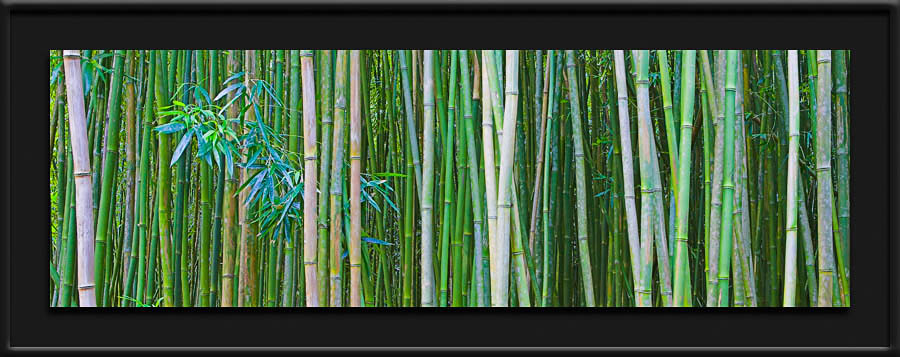Secret Panda Haven
What
would the world be, once bereft
Of wet and of wildness? Let them be left,
O let them be left, wildness and wet;
Long live the weeds and the wilderness yet.
Of wet and of wildness? Let them be left,
O let them be left, wildness and wet;
Long live the weeds and the wilderness yet.
- excerpt from "Inversnaid" by Gerard Manley Hopkins (1881)
The mountains of southwestern China are certainly wild and wet; in photographs they are lapped by rivers of mist. Sichuan, the name of the province that means the land of the four rivers, is the place where the Himalayas drop down toward the river basin. Rugged and remote, it has long held tight to its secrets, its variety of plants and animal species unknown to the larger world. But, every now and then, for two thousand years, those who made the difficult journey to Sichuan returned with stories of marvelous, elusive plant-eating animals.
Panda is the Nepalese word for "bamboo-eater." The giant panda is a bear; the red panda is either a cat or a raccoon, a question that has remained since Frederic Cuvier saw his first red panda in 1825. Then, in 1868, another Frenchman, Armand David, arrived at a village in Sichuan to teach at a Jesuit school there. What Pere David learned there made him famous, identifying and classifying hundreds of plants, birds, and animals. Thanks to him, the gerbil and the giant panda entered our world. He was also a pioneer in the study of animal geography, a discipline that has contributed to bringing back the giant panda from the brink of extinction. For a long time after Pere David brought word of the panda back to France, they called it" Pere David's bear."
We did not mean to endanger pandas, we admired their gentle habits but we encroached on their territory, cutting down the trees where they carved out their birthing dens and turning the land to farms, driving them ever higher into the mountains, where it was colder and less hospitable to bamboo. What wondrous lines might another Jesuit, Gerard Manley Hopkins, have given us if he had been to the haven of the giant panda?
Panda is the Nepalese word for "bamboo-eater." The giant panda is a bear; the red panda is either a cat or a raccoon, a question that has remained since Frederic Cuvier saw his first red panda in 1825. Then, in 1868, another Frenchman, Armand David, arrived at a village in Sichuan to teach at a Jesuit school there. What Pere David learned there made him famous, identifying and classifying hundreds of plants, birds, and animals. Thanks to him, the gerbil and the giant panda entered our world. He was also a pioneer in the study of animal geography, a discipline that has contributed to bringing back the giant panda from the brink of extinction. For a long time after Pere David brought word of the panda back to France, they called it" Pere David's bear."
We did not mean to endanger pandas, we admired their gentle habits but we encroached on their territory, cutting down the trees where they carved out their birthing dens and turning the land to farms, driving them ever higher into the mountains, where it was colder and less hospitable to bamboo. What wondrous lines might another Jesuit, Gerard Manley Hopkins, have given us if he had been to the haven of the giant panda?
Images:
1. Henri Milne-Edwards - Folio, plate 50, Ursus melanoeucus, female, c.1869-74, French National Museum of Natural History, Paris.
2. unknown artist - Butterfly among the flowers, c. 16th-17th century, India, Louvre Museum, Paris.
Source: http://thebluelantern.blogspot.ca/2016/10/secret-panda-haven.html


No comments:
Post a Comment